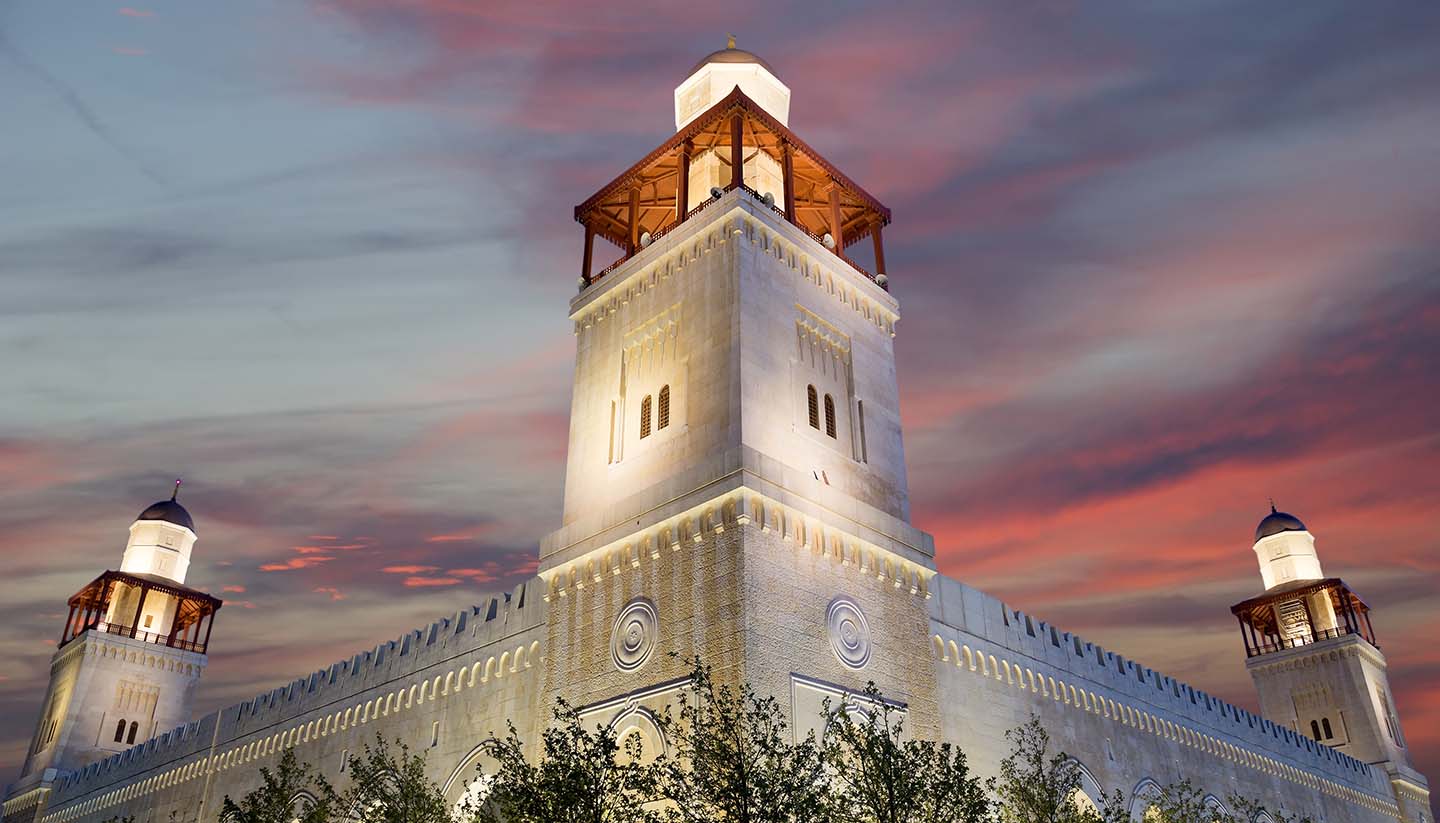Amman History
One of the world’s youngest cities, Amman was little more than a village when the Emirate of Transjordan was created following the Great Arab Revolt of WWI. Then, in 1928, the King of Jordan made it his capital.
A few isolated remains of previous settlements can be found among the modern buildings, including traces of Stone Age homes dating from 7000 BCE.
The Roman Theatre attests to the Empire’s presence in the area, when a city named Philadelphia existed close to where Amman now stands. The name, incidentally, came from Egypt’s King Ptolemy II Philadelphus who conquered the city in 285 BCE and named it after itself.
Since then, the city has also been occupied by the Seleucids, Nabateans and Byzantines. In the books of the Old Testament, Amman is mentioned as the capital of the Ammonites. Rabbath-Ammon was where the Israeli King David had Uriah the Hittite killed in battle so he could marry his wife.
The Arab general Yazid ibn Abi Sufyan took the city in 635, but by 1300 it had all but vanished, stumping historians as to the reason why. The Hejaz Railway, which began running in 1908, literally put Amman back on the map. As a stop on the newly installed network, people were drawn to the city and its population grew from around 2,000 to 33,000 in just 40 years.
In 1970, the city saw heavy fighting and shelling during Black September, the Jordanian Civil War between the Jordanian Armed Forces and Palestine Liberation Organisation. But in the years that followed the conflict, the modern city that exists today began to take shape. Queen Alia International Airport was built in 1983, King Abdullah Stadium opened 15 years later, and by 1999, the Amman Stock Exchange had started trading.
Despite its impressive growth, the city’s recent history hasn’t been without challenges, not least in 2005 when terrorist bombings at three hotels left 60 dead, 115 injured and a nation in shock. Nevertheless, modern Amman is a place that remains as scintillating as it was during the years when it was known to the world as Philadelphia.
Did you know?
• Amman’s Roman Theatre was built facing north to keep the sun off the audience.
• The Royal Automobile Museum still houses King Hussein’s Amphicar (a hybrid of a car and boat), which he used to drive in the Red Sea.
• The Hejaz Railway was primarily built to make the pilgrimage to Mecca easier for Muslims.


